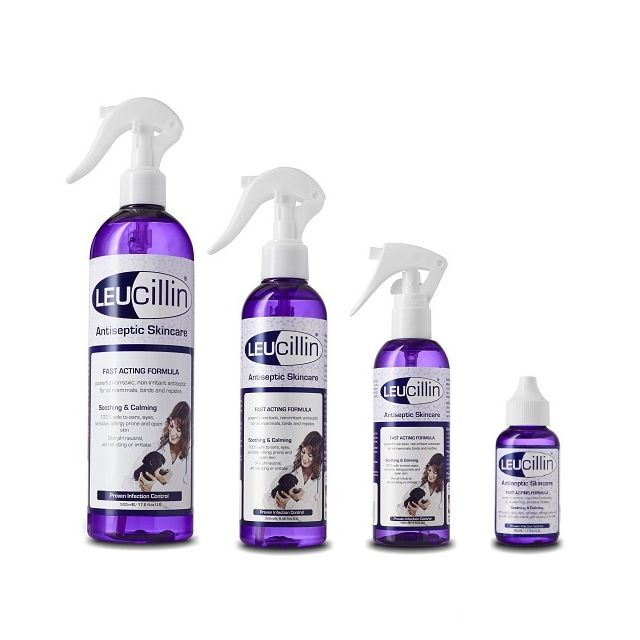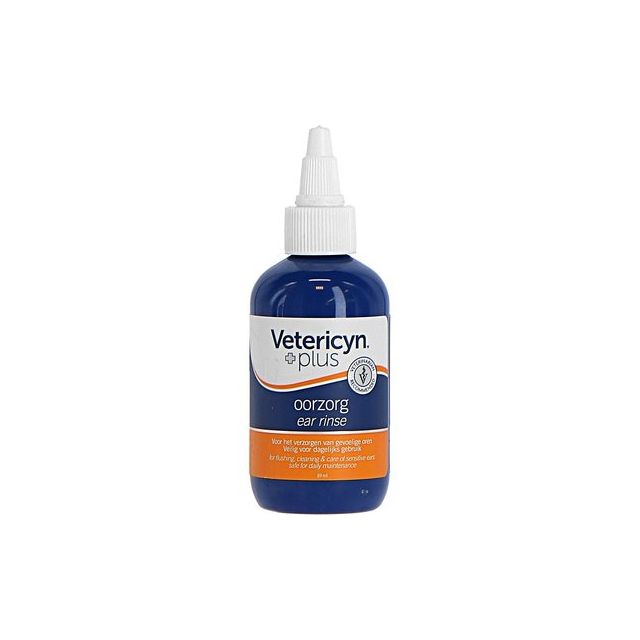The horse's ears
A horse monitors its surroundings with its ears. Horses can rotate their ears backward to pick up sounds from behind. Their hearing is ten times better than that of humans. They can even filter one sound out of multiple noises, making the other sounds fade into the background. You can also read a horse's emotional state and see where it is focusing its attention by observing its ears. Ear problems in horses are much less common than in dogs or cats.
Ear problems in horses
Fortunately, ear problems in horses are not very common. Two conditions will be briefly explained.
Ear infection
An ear infection usually involves an imbalance of the natural bacterial population of the skin. This can be caused by a small wound, a skin fungus, or a weakened immune system. An ear infection is painful and can cause itching and irritation in the horse. Possible symptoms include:
- Shaking the head or ear.
- Holding the head to one side or keeping the ear flat.
- Itching of the ear: scratching with the hind leg or rubbing the ear.
- Scales, redness, swelling, discharge, or crusts on the inner side of the ear canal/ear pinna.
- A strong odor from the ear.
If you suspect your horse has an ear infection, it is important to always contact your veterinarian. The veterinarian can look into the ear and determine the cause, allowing for appropriate treatment. A neglected ear infection can damage the eardrum, leading to a middle ear infection. Most ear ointments and ear cleaners should NOT be used if the eardrum is not intact. Therefore, this should be checked before using an ear cleaner.
Erratic (or floating) tooth
A floating tooth is a congenital anomaly where tooth-like tissue forms in an abnormal location, often near the ear. Floating teeth usually develop during growth. Floating teeth often produce mucus, which can exit through a fistula channel in the skin. The opening of this fistula channel appears as a small hole where mucus exits, usually on or near the edge of the ear. The diagnosis is usually made through X-rays. If the horse is bothered by it, the floating tooth and the fistula will need to be surgically removed.
Caring for your horse's ear
The most important aspect of caring for your horse's ear is regularly checking for redness, swelling, crusts, scales, the presence of ticks or lice, discharge, or an unpleasant odor and other signs of ear problems. A healthy horse ear cleans itself. The inside of the ear canal and ear pinna should be slightly greasy. If there is more dirt than usual without symptoms like itching, head tilting, or head shaking, you can clean the ear pinna with a cotton ball and a horse-appropriate ear cleaner such as Vetericyn All Animal Ear Rinse or Leucillin drops or spray. Unlike with dogs and cats, it is not intended to spray or drop the ear cleaner into the horse's ear unless expressly advised by the veterinarian and after checking the eardrum. If there are symptoms indicating an ear infection, always consult your veterinarian.
If you have a question about our products or your horse's ears, please contact us.


